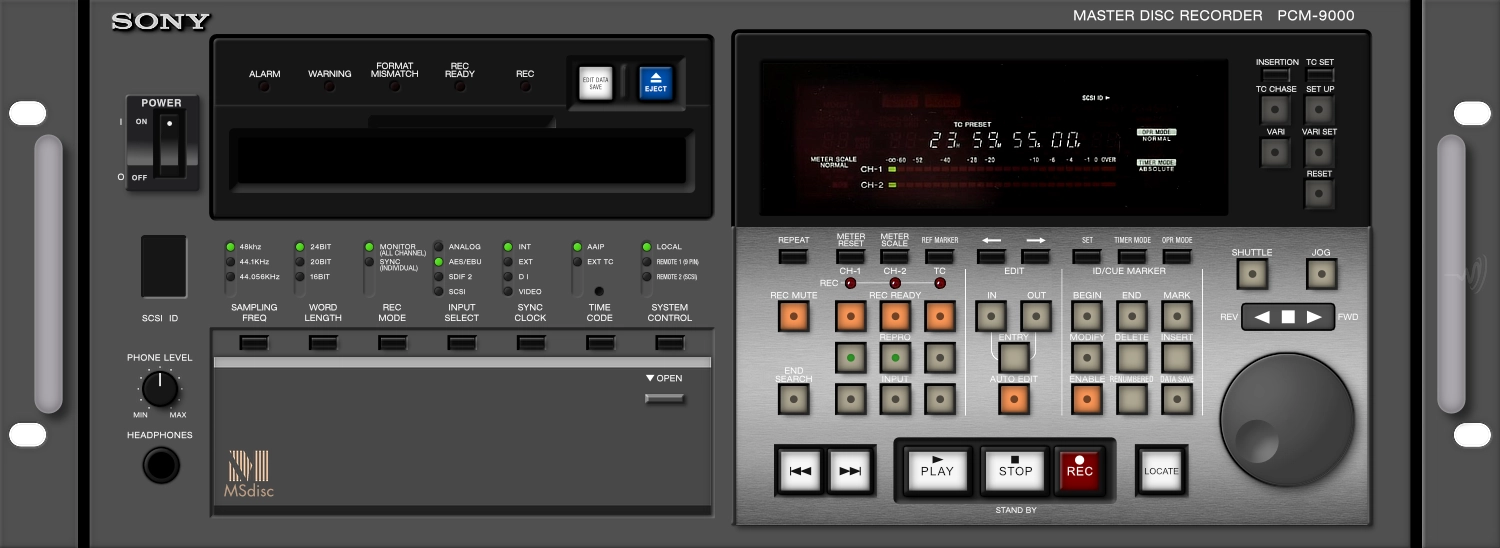Sony made a killer effects processor with the DPS-V77, so next step was to capitalize on that with a four channel version right? But, something went wrong…On paper at least, the Sony DPS-V55 should be a killer effects processor, but by all accounts it does not succeed. Just as Roland did with their SRV-3030, the sound quality leaves a lot to be desired.







